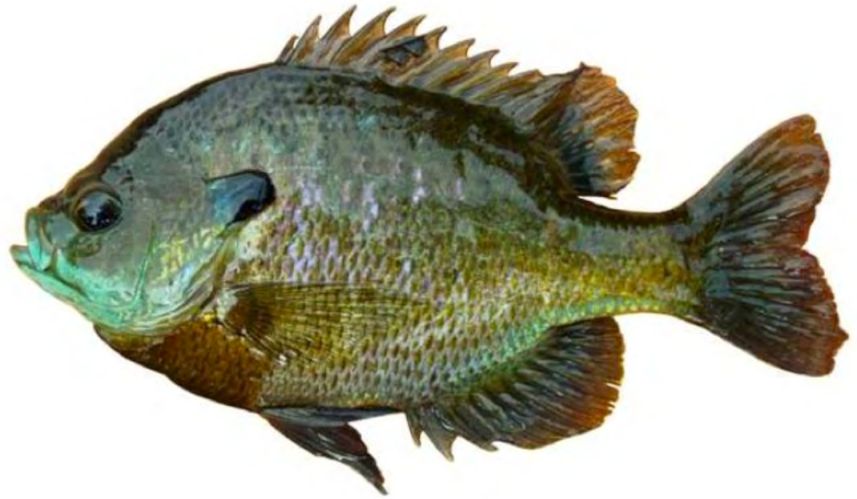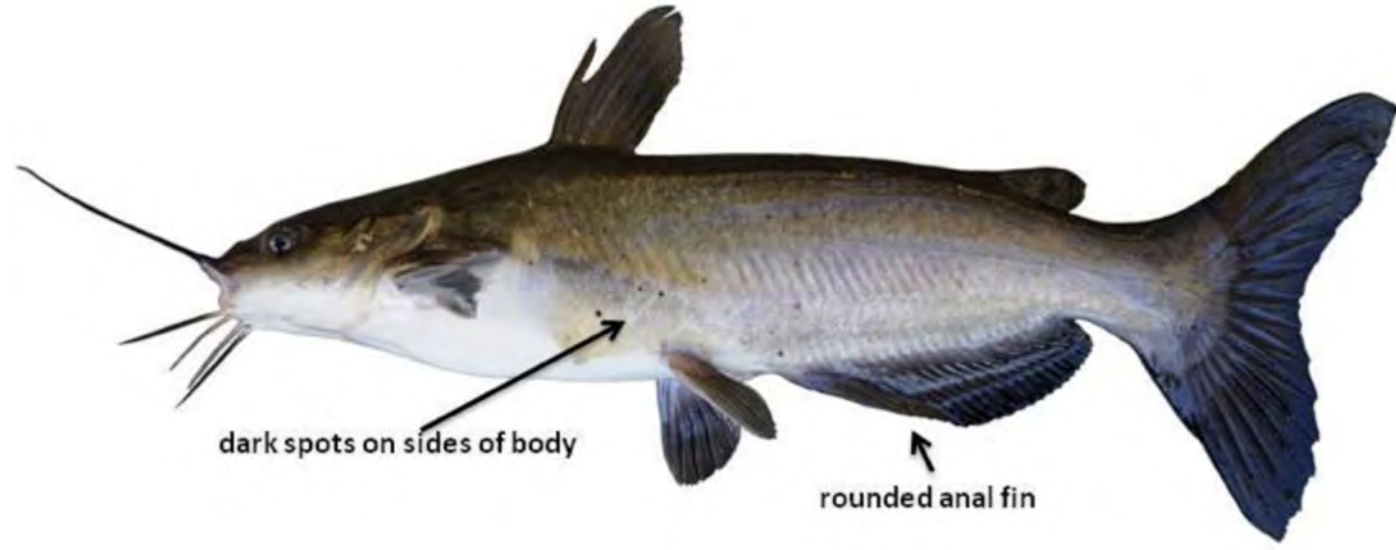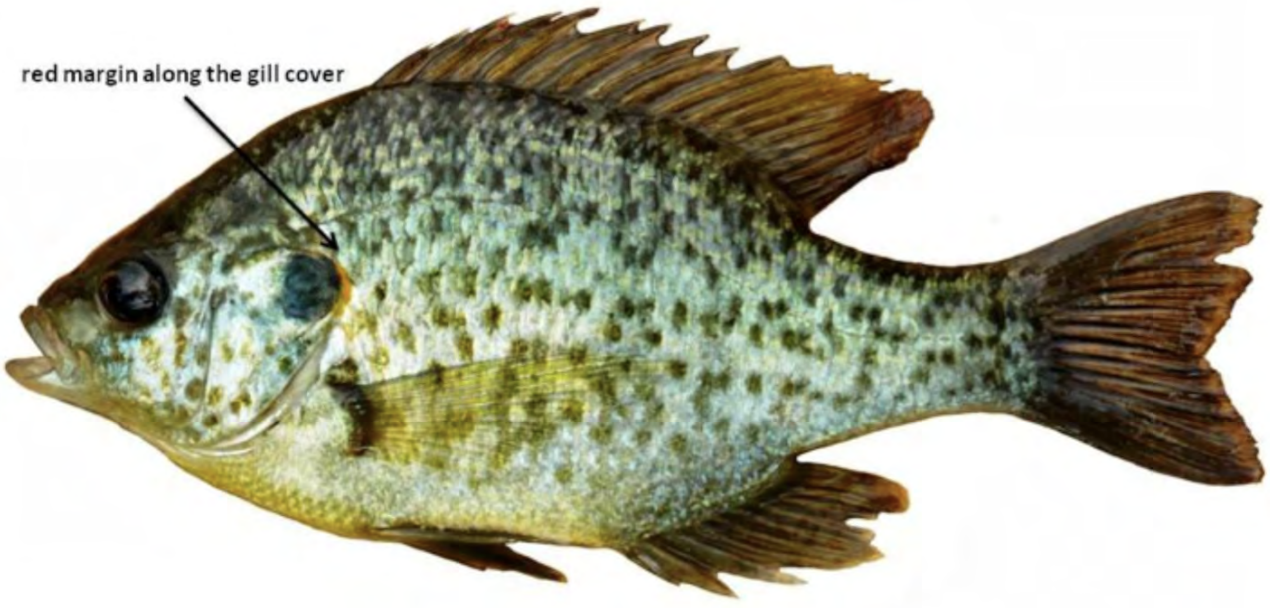
See the results of the statewide surveys of licensed squirrel hunters that the MDWFP has conducted since the early 1980s.
Learn about relatively simple techniques that can be employed to prevent wildlife damage or inconveniences without resorting to lethal control measures.
See squirrel hunting season dates and learn about opportunities for hunting squirrel on public lands in Mississippi.
The MDWFP Wild Hog Program aims to inform the public of the risks associated with the presence of wild hogs, provide technical assistance to landowners for proper control methods, and better understand how to control wild hog numbers statewide.…
The MDWFP Waterfowl Program is dedicated to improving waterfowl habitat and hunting opportunities on public and private lands throughout Mississippi.
Over the last three decades, Mississippi has consistently boasted one of the largest turkey populations in the country. The MDWFP Wild Turkey Program is dedicated to the conservation and management of wild turkeys throughout the state.
Contact
If you're wondering what to expect when you hit the spring woods this season, here are two words: more turkeys. The 2022 hatch was a record-breaker.
The Spring Gobbler Hunter Survey collects long-term data on turkey activity and populations. Share your experiences afield to assist turkey management in Mississippi.


Redear have an elongated body, small mouth, and pointed snout. Redear are dark olive with yellow on their sides and belly. These fish are identified by a distinctive red edge (in males) or orange edge (in females) on the gill cover (ear flap). The red margin on the "ear flap" is where they get their name. Redear usually weigh less than 1 pound but can weigh over 4 pounds and reach lengths of 14 inches. These fish usually live between five and six years but can live as long as nine years.

Many turkey enthusiasts want to learn all they can about the life of the state's most majestic game bird. Find information about the biology of wild turkeys and how they interact with their environment.
Turkeys face a gauntlet of potential predators--nearly everything in the woods likes to eat turkeys or turkey eggs. This fact leads many landowners to conclude that a reduction in predators will turn their property into a slice of turkey heaven…
Wild turkey populations in Mississippi have increased significantly during the last few years. Explore the links between increased turkey densities and the potential for disease outbreaks.
Get a glimpse into the secretive lives of fall turkeys and learn how their diets, social behavior, and preferred habitats shift with the seasons.
Can turkeys make a living in intensively managed pine systems? Learn what industrial and non-industrial forest landowners can do to help preserve turkey habitat.
Explore the variety of specific habitat types that wild turkeys depend on at different times of the year, and learn how a lack of these components can limit turkey populations in a given area.
Find resources for habitat management, including an introduction to habitat management, relevant articles and publications, habitat information by species, and more.
Lake Lowndes State Park is located on a beautiful 150-acre lake and provides complete recreational facilities for individuals, families, and groups to enjoy the park.
All non-residents require special permitting during the opening weeks of turkey season. Learn more about the required no-cost license endorsement and apply for the mid-February drawing.
Due to a succession of solid hatches, this season should be one of the best in years. This forecast breaks Mississippi's 2025 spring season down region by region.
Learn more about Game Check and download the MDWFP app to report your white-tailed deer and turkey harvests.
Cast off with confidence with our general fishing rules and regulations—your key to a smooth and enjoyable angling adventure.